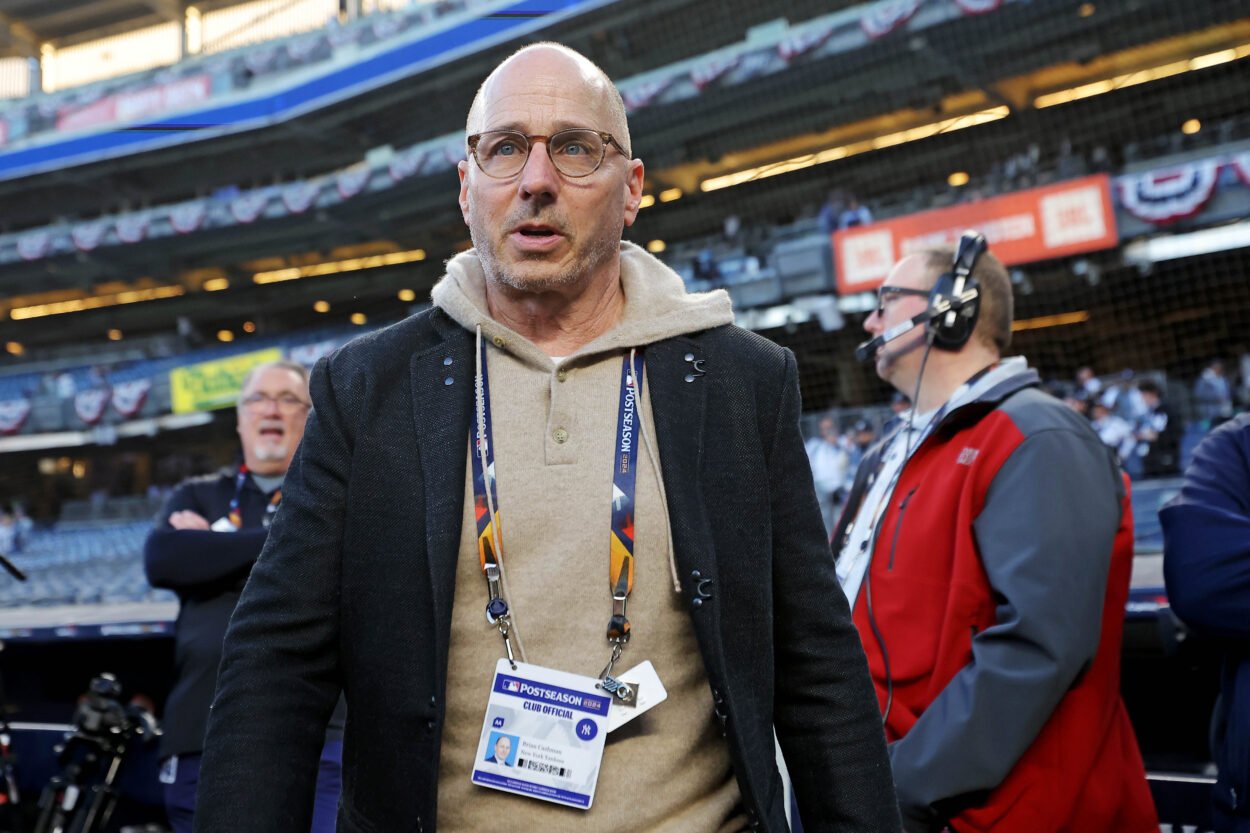
For all their muscle and highlight-reel home runs, the New York Yankees might be facing an old, uncomfortable truth. They were baseball’s most fearsome offense this season by most advanced measures — their 119 wRC+ led the league, as did their jaw-dropping 274 home runs — but the way their season ended raised a question they’ve heard before. In a game that increasingly rewards balance, did the Yankees lean too hard on brute strength again?
It’s not that their bats went silent. The Yankees could punish mistakes like no other team in the majors. But when you zoom in on the numbers that tell a more nuanced story, the picture changes. They ranked 10th in batting average at .251, while the Toronto Blue Jays — the team that ultimately dethroned them in the Division Series — hit a league-best .265. The difference may not sound seismic, but over the course of hundreds of games, that extra bit of contact can turn entire series.
A Tale of Two Philosophies
The Yankees’ season was built on slugging. The Blue Jays, meanwhile, relied on something closer to balance. Toronto didn’t just hit for average — they combined that skill with enough power to stay dangerous. Their 191 home runs ranked 13th in MLB, proof that contact and power can coexist. Add in a league-best .333 on-base percentage, and it’s clear why they finished as the American League’s top team.

In head-to-head matchups, the contrast was glaring. Toronto won eight of 13 meetings during the regular season and then took care of business in the playoffs. Power, for all its value, didn’t dictate every outcome. When the home runs didn’t come, the Yankees had trouble manufacturing offense in other ways.
General manager Brian Cashman acknowledged the complexity of that dynamic when speaking with The Athletic. “One thing we always fight is that we rely too much on the home run,” he said. “But the team that out-homers the other team always moves on in the postseason, and that’s a fact. You also need contact. You need it all.”
Searching for the Missing Layer
Cashman’s words capture the dilemma perfectly. The Yankees are right to trust their identity — power still wins games. But when the strikeouts pile up, that identity can also turn into a limitation. This year, the Yankees struck out at a 23.5 percent clip, the sixth-highest in the majors. Toronto, on the other hand, led all of baseball in avoiding strikeouts at just 17.8 percent.

That six-point difference might seem small, but it shapes the entire offensive flow. Every ball put in play has a chance to move a runner or force an error. Every strikeout ends the at-bat cold. For the Yankees, those frozen moments added up.
Finding the Balance
The challenge for the Yankees moving forward is not abandoning their power but refining it. Their offense is already elite, statistically the best in baseball by several measures. Yet greatness doesn’t always mean completeness. The Yankees have the kind of lineup most teams would envy — they just need a few more hitters who can keep the line moving when the long ball isn’t there.
The modern game rewards adaptability, and the Yankees are close. But until they find that blend of contact and power that teams like Toronto have mastered, questions will linger. Can the Bronx Bombers win it all by sticking to what they do best, or is it finally time to evolve?
